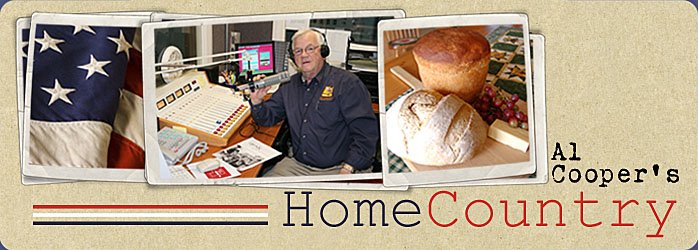Despite revisionist writers who
persist in trying to make us think the discovery of the Americas by Christopher
Columbus in 1492 is an over-rated moment in world history, I rise to agree with
other historians who call it the most important world-changing event in a
thousand-year period of time. The fact that it went far toward changing the
European (and other) continents as much as it began waves of change here alone
supports my case. Because food history – one of my other special interests –
often tells us much about parallel events in the demographic, societal and even
political history of entire cultures I will start there.
When the Plymouth colonists, members
of an English religious minority fleeing a temporary refuge in Laden, Holland
landed in present-day Massachusetts in 1620, they might be forgiven for their
surprise at seeing large birds which they recognized as “turkeys” wandering all
around. They had seen some in Europe, and
so wondered at them being here in The New
World. (How did they get here?) The
truth is they were strictly a product of The Americas, captured and taken to
Europe by Spanish sailors from the Columbus journeys, traded to the Portuguese
and eventually finding their way to Egypt where they were propagated for sale
along that country’s extensive trade routes. At the time, Egypt was part of the
Ottoman Empire, so the birds were called “turkeys”.
The most important crop of all among
America’s native people was what was first – and more accurately – labeled
“Indian corn” ,corne being an ancient word meaning “the grain of the land”, as
it did in the Bible. Because corn produces more calories per acre than any
other grain, it greatly benefited countries of the Old World – especially China
whose population more than doubled; and again when New World potatoes were
added to the mix. Native Americans were accustomed to growing corn, beans and
squash as “companion plants”, the tall corn stalks providing climbing poles for
the beans (which also restored the nitrogen the soil gave up feeding the corn),
while the large leaves of the squash provided shade for the seeds and conserved
soil moisture. They are still known as the “three sisters”. The three were a
further boon to Old World menus.
The tomato (tomatl in ancient Nahuatl)
– another American “native” deserves a discourse just on its’ own, so
significant an addition to the world’s culinary arsenal did it become (with a
huge shove from the Italians, who bred a red version of the pomme d’oro, or “golden apple”.) Knowing
it was a member of the usually-poisonous nightshade
family, the English, like many other Europeans, shied away from the tasty
globe.
From the area of old Mexico between
Puebla and Oaxaca came many varieties of a vegetable plant Columbus called Peppers, because of their bite and the
hope they might be a relative of black pepper which was more valuable than gold
around the world.
The New World also exported to the
Old, cranberries tobacco and geese. Also – it should be noted – Syphilis.
At the other end of the Columbian Exchange,
came gifts from the Old World: Horses, cattle, goats, sheep, and pigs. Add
to that sugar, bananas, citrus fruit and olives and we can see how the
agriculture of different parts of America were shaped over time.
Unfortunately, other “imports”
included smallpox, measles, mumps, and whooping cough; “virgin soil” diseases
which – it is estimated - killed off between 70 and 90 per cent of original
native populations who had no natural resistance. And then there was alcohol,
which still takes its toll today.
Winter squash (C. Maxima) were an ideal vegetable crop for Native Americans;
long-keepers, easily-dried for mobility and of almost endless variety. Al Cooper Photo





No comments:
Post a Comment